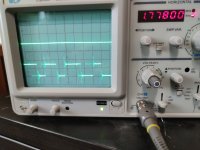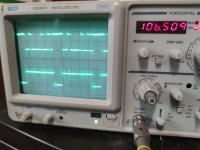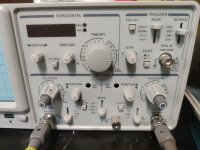We now need to wait for Eudi's analysis before proceeding...
We have stated before that we CANNOT use a 'real' NOP generator on the 6509 CPU because of the two special registers that are at addresses 0000 and 0001 of the CPU itself.
Now, it is just possible that it will work if we try it, but this is the 'suck it and see' method and STILL comes with no absolute guarantee of success when we try it.
However, this wouldn't stop me from trying, but I wouldn't get desparate if it didn't actually work...
It would just confirm in practice what we suspected in theory. But, looking on the bright side, it may work.
Dave



